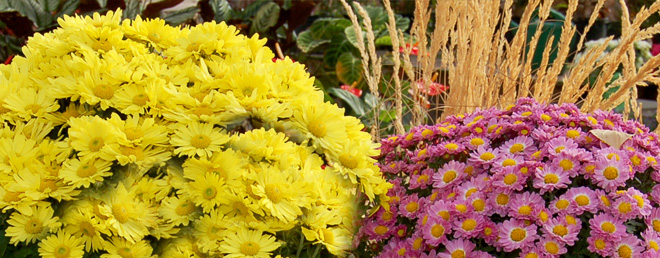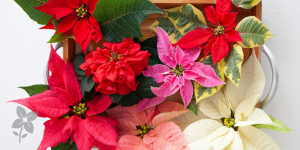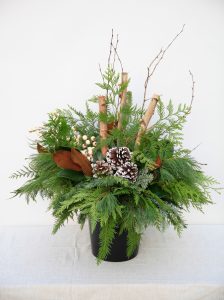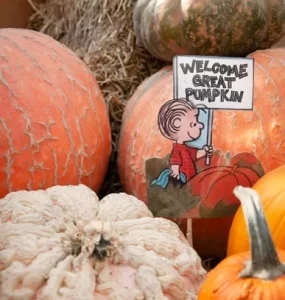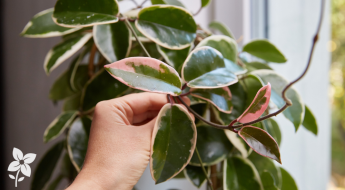Fall Mums
by Rob Sproule
Choosing your Mum
Growing your Mum
History of the Mum
In garden centers, box stores, grocery stores, and even gas stations around Edmonton, mums are the most famous of fall flowers. Mums are cherished in the fall for their tolerance of cool weather and their crisp, compact look which comes as welcome contrast to the struggling, lanky spring plants in our containers.
Choosing your Mum
People are often surprised when I tell them that the humble mum is the most widely grown potted plant in the US. It is their “Queen of Flowers”, and has long been the traditional corsage at Homecoming parades, football games, and dances.
The reason that mums aren’t more popular in Alberta is that we often don’t know if our autumn is going to consist of 5 weeks of crisp, cool sunshine or 1 week of grey skies followed by a September storm. But as we spend more and more time in our yard, we’re becoming more likely to invest a few dollars to get a second blast of rejuvenating, crisp colour around our outdoor living spaces.
The down and dirty truth about mums is that the best ones are Alberta grown. BC grown mums hit the shelves sooner because they are grown warm, which ultimately results in a plant that is going to freeze easier, and faster, than local mums.
Picking a mum is like picking a piece of fruit. You want one that is firm, well shaped, and just a little under ripe (more buds than flowers). Don’t be afraid to pick it up and give it a gentle shake. If it flops around like hair at a Grateful Dead concert, move on. If it more or less keeps it’s shape, than it’s been grown cool and will be a hardy performer.
Growing your Mum
Let’s be honest: a fall mum is not a long term investment. We buy them to enjoy them for as long as we can, but the basic shape we buy them as in September is the same basic shape we’re going to yank out of the frozen soil in April. So care is refreshingly simple.
If it’s root bound when you pull it out of the pot, loosen the root mass by massaging it. I’m not a fan of taking knives to overgrown root balls and slashing at them like you’re in a bad horror movie.
Make sure your hole has ample peat moss and/ or loose soil for the fibrous roots to grow into quickly. Give your mum the chance to root in firmly and develop a stronger tolerance against the cold so it will last a little longer.
You will need to water your mum, especially before hard frosts when you should soak down the foliage in the evening to protect it. By doing this, your mum should stay blooming and pretty until about minus 8 Celsius.
You don’t need to fertilize it. By the time you buy it the grower will have given it all the fertilizer it needs. It does appreciate 6 or more hours of sunlight, however.
History of the Mum
Those who know me know that I’m an insatiable history buff, and few plants have more intricate and fascinating histories than the regal Chrysanthemum.
By the time it was introduced to Europe until the 17th century, it had been cultivated in ancient China for over 3000 years. It was known as one of the 4 noble plants, along with plum, orchid, and bamboo, and only nobleman were allowed to cultivate it.
The Japanese acquired the mum in the 8th century and were so smitten with it that they adopted it as the seal of the Emperor. The “Order of the Chrysanthemum” is still their highest order of Chivalry.
Read More Articles

